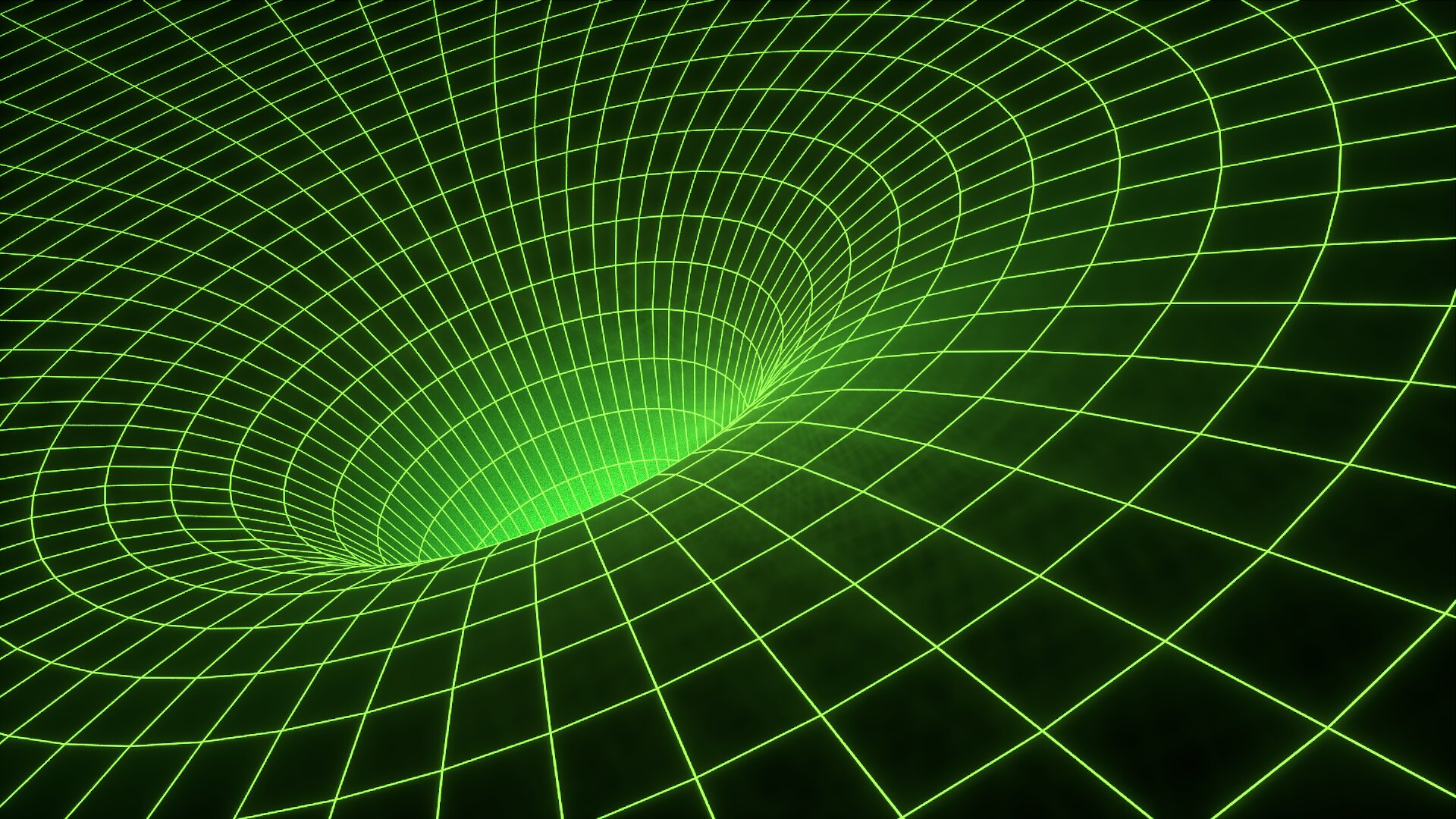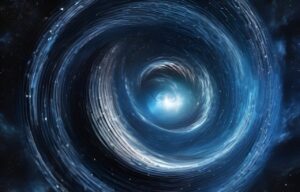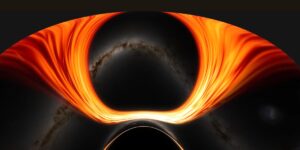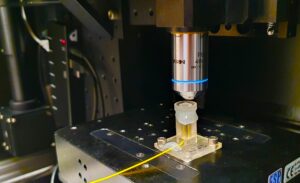Credit: CC0 Public Domain
× near
Credit: CC0 Public Domain
Dark matter is a hypothetical form of matter that is implied by gravitational effects that cannot be explained by general relativity unless there is more matter present in the universe than can be seen. It remains nearly as enigmatic as it was nearly a century ago, when it was first proposed by Dutch astronomer Jan Oort in 1932 to explain the so-called “missing mass” needed for things like galaxies to clump together.
Now, Dr. Richard Liu of the University of Alabama at Huntsville (UAH) has published a paper in Monthly Notices of the Royal Astronomical Society which shows for the first time how gravity can exist without mass, providing an alternative theory that could potentially mitigate the need for dark matter.
“My own inspiration came from my quest to find another solution to the gravitational field equations of general relativity – the simplified version of which, applicable to the conditions of galaxies and galaxy clusters, is known as Poisson’s equation – which gives a finite force to gravity in the absence of any detectable mass,” said Liu, a distinguished professor of physics and astronomy at UAH, part of the University of Alabama system.
“This initiative was in turn prompted by my frustration with the status quo, namely the idea that dark matter exists despite the lack of any direct evidence for a century.”
The researcher argues that the “excess” gravity needed to bind a galaxy or cluster together may instead be due to concentric sets of shell-like topological defects in structures common throughout the cosmos that were most likely created by time of the early universe when a phase transition occurred. A cosmological phase transition is a physical process in which the general state of matter changes together throughout the universe.
“It is currently unclear what exact form of phase transition in the universe could lead to topological defects of this kind,” says Liu.
“Topological effects are very compact regions of space with a very high density of matter, usually in the form of linear structures known as cosmic strings, although 2D structures such as spherical shells are also possible.
“The shells in my paper consist of a thin inner layer of positive mass and a thin outer layer of negative mass; the total mass of the two layers—which is all that can be measured in terms of mass—is exactly zero, but when a star lies on top of that shell, it experiences a large gravitational force pulling it toward the center of the shell.”
Since the gravitational force basically involves the distortion of space-time itself, it allows all objects to interact with each other, whether they have mass or not. Massless photons, for example, have been confirmed to experience gravitational effects from astronomical objects.
“The gravitational bending of light from a set of concentric single shells that make up a galaxy or cluster is due to a beam of light being deflected slightly inward—that is, toward the center of the large-scale structure or set of shells—as it passes through a single shell,” Liu notes. .
“The overall net effect of going through many shells is a finite and measurable total deviation that mimics the presence of a large amount of dark matter in much the same way as the speed of stellar orbits.
“Both the deflection of light and the orbital velocities of stars are the only means by which one measures the strength of the gravitational field in a large-scale structure, be it a galaxy or a cluster of galaxies. The claim of my paper is that at least the shells they say are massless, then there is no need to continue this seemingly endless search for dark matter.”
Questions for future research will likely focus on how a galaxy or cluster is formed from the stacking of these shells, as well as how the structures evolve.
“This paper does not attempt to address the problem of structure formation. It is a moot point whether the shells were originally planes or even straight strings, but the angular momentum wound them up. There is also the question of how to confirm or reject the proposed shells from special observations. Of course, the existence of a second solution, even if it is highly suggestive, is not in itself enough to discredit the dark matter hypothesis – it can be an interesting mathematical exercise at best,” Liu concludes.
“But this is the first evidence that gravity can exist without mass.”
More info:
Richard Liu, The Coupling of Cosmological Structures by Massless Topological Defects, Monthly Notices of the Royal Astronomical Society (2024). DOI: 10.1093/mnras/stae1258
Log information:
Monthly Notices of the Royal Astronomical Society



